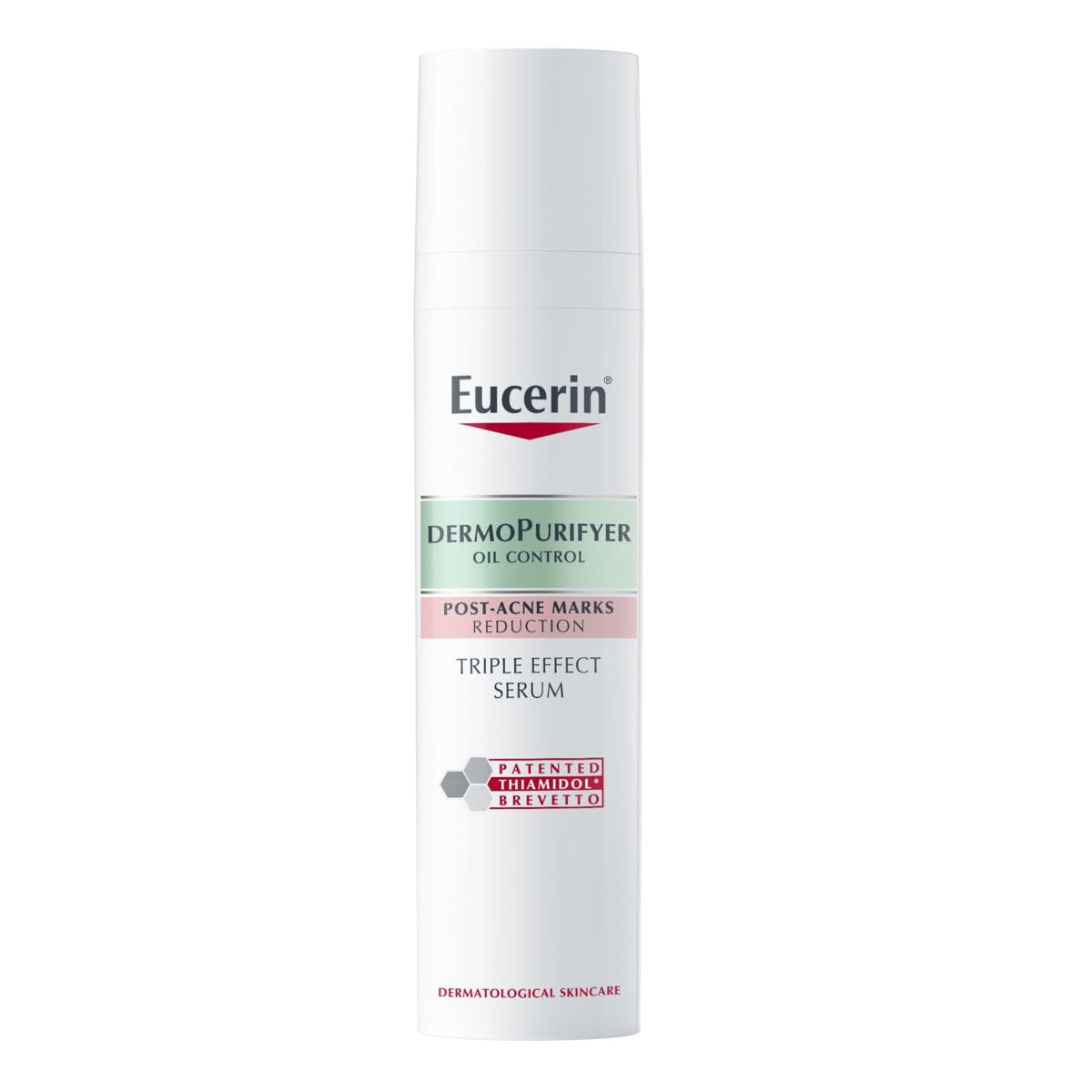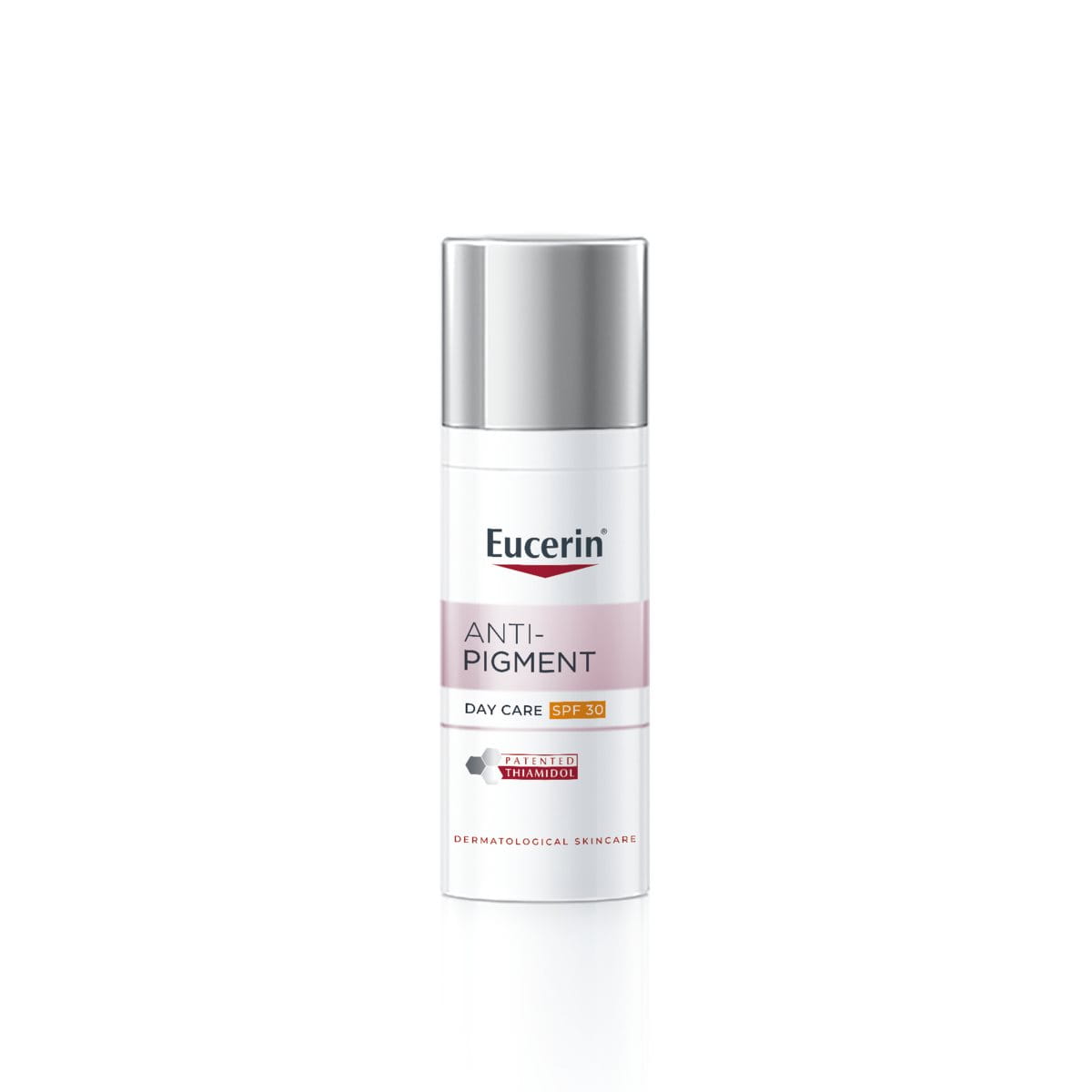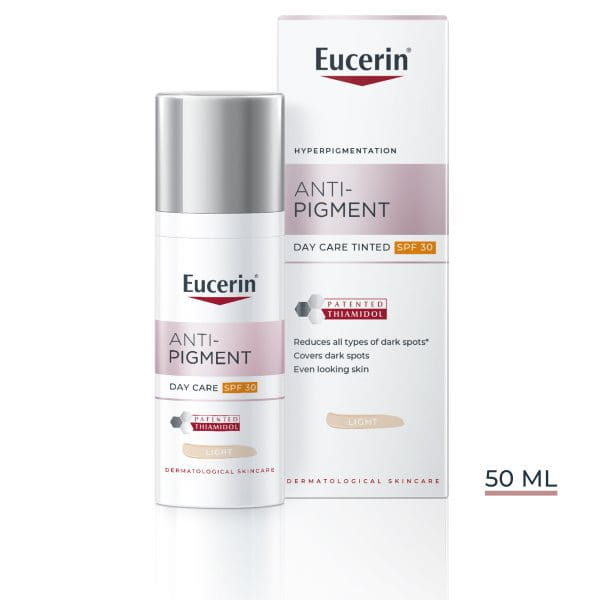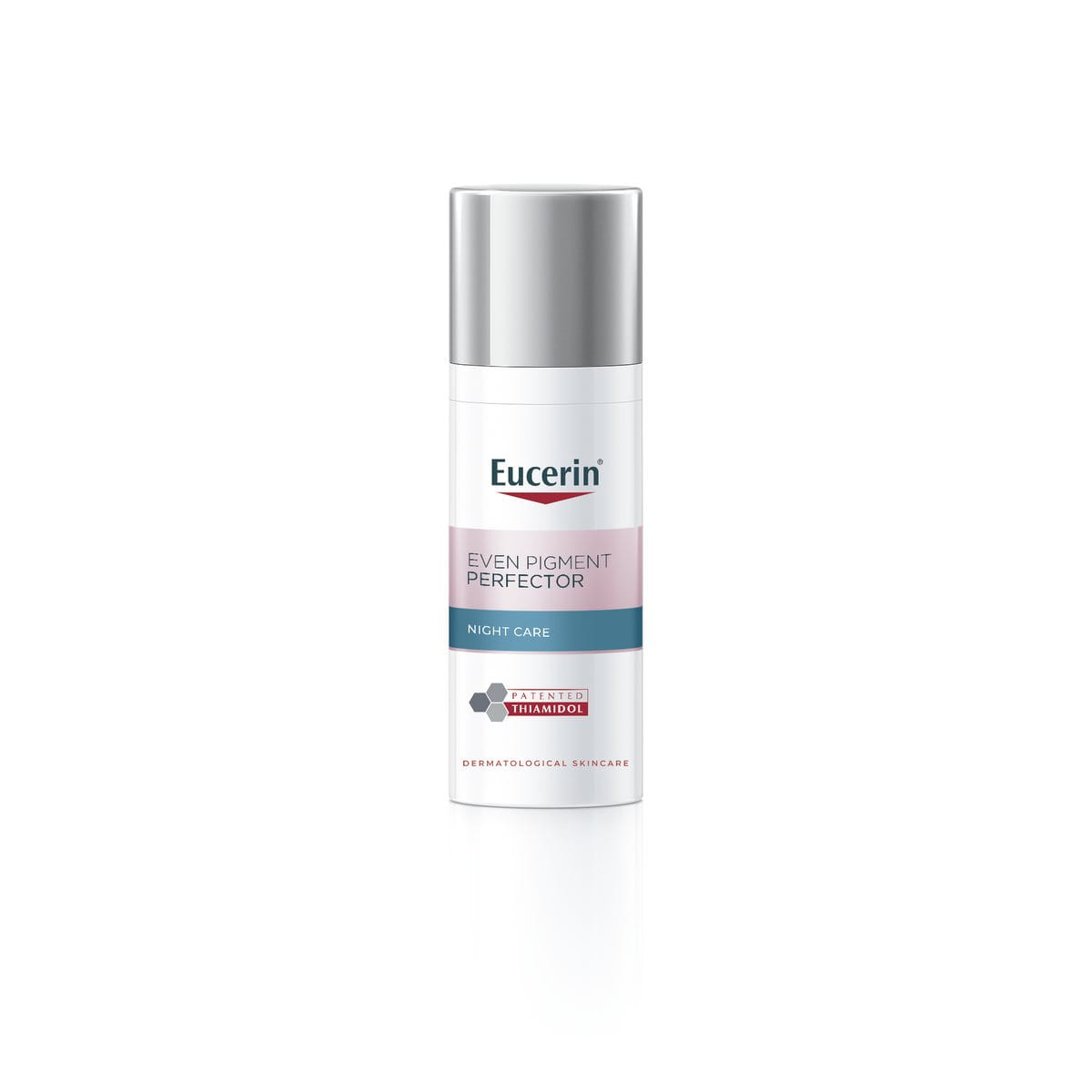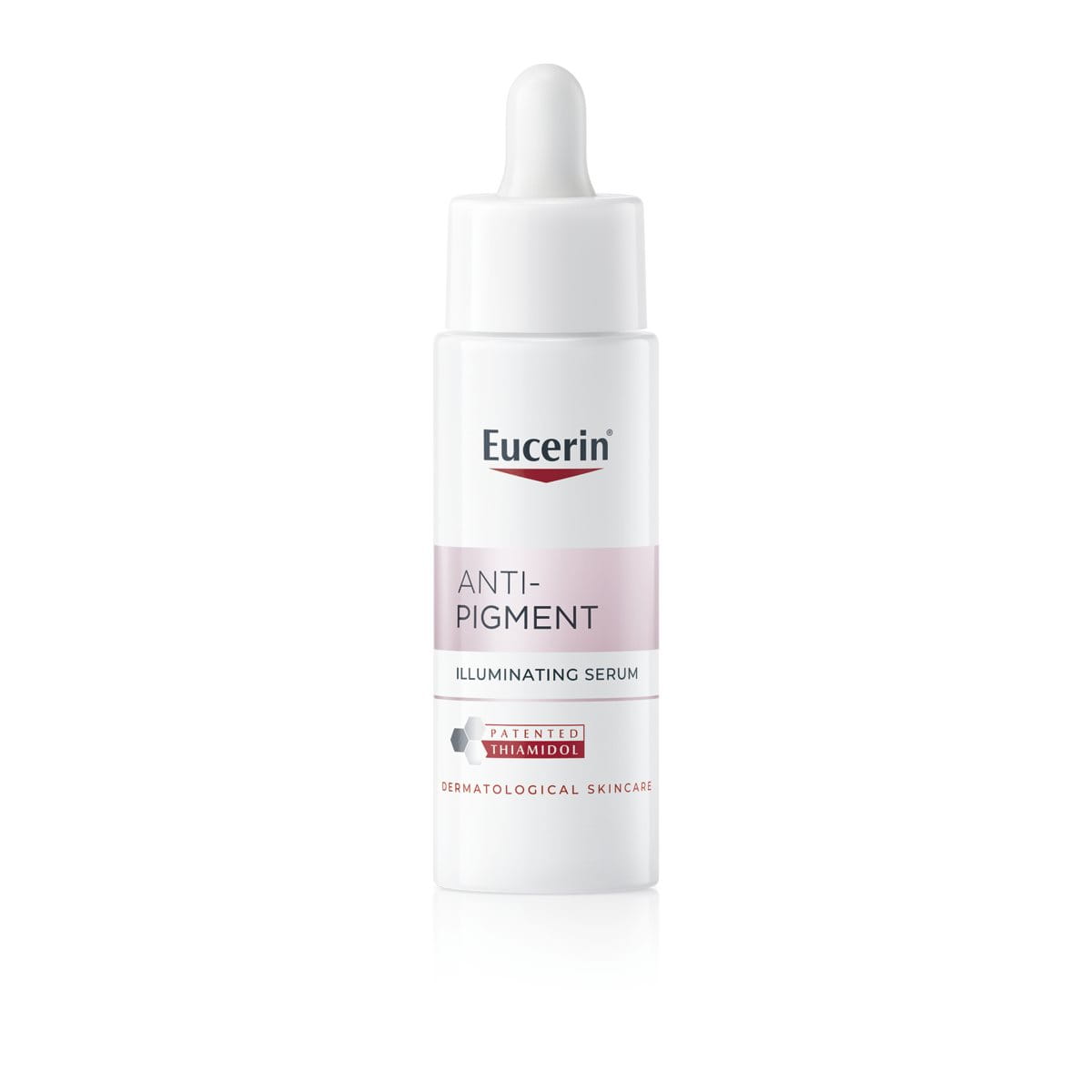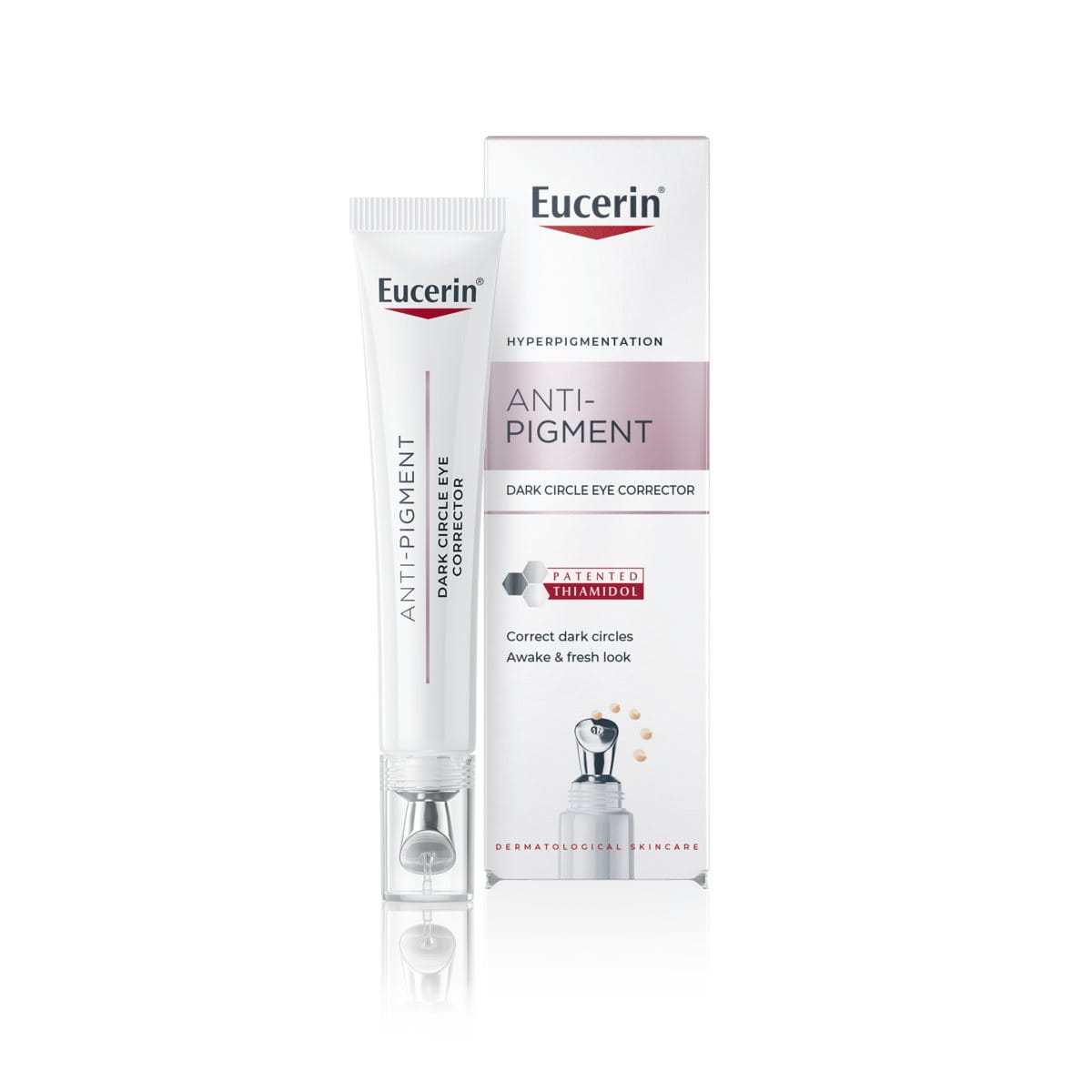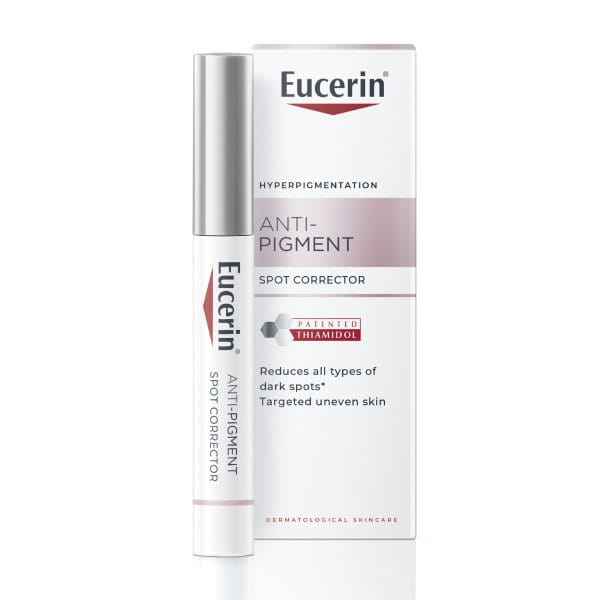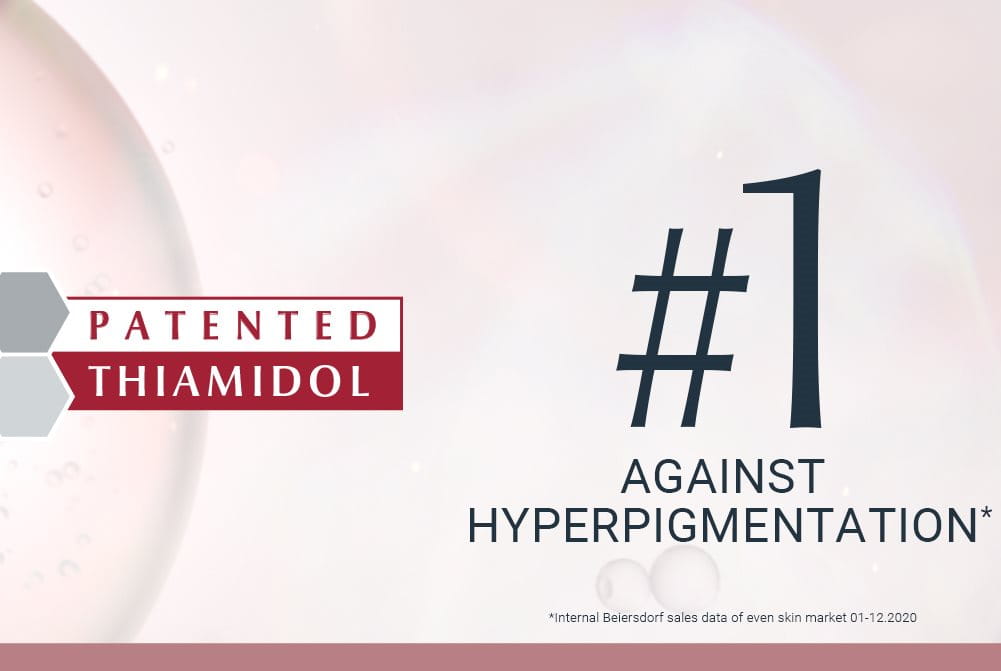Hyperpigmentation is a common skin condition in which dark spots and dark patches appear on the face, hands and other parts of the body that are regularly exposed to the sun.
Learn about the different types of hyperpigmentation, what causes them and how to prevent brown patches in the first place. Though completely removing hyperpigmentation is difficult, the right skincare routine can help reduce it.
What is hyperpigmentation?

Pigmentation refers to the colouring of the skin, and hyperpigmentation is the term used to describe areas of uneven pigmentation. This occurs when the skin produces more melanin, which is the pigment responsible for your skin’s colour.
Hyperpigmentation can affect your entire body, for example on the legs, and appear as flat, darkened patches or spots that can vary in size and colour, making the skin look uneven. These spots are known as age spots or sun spots.
Other types of hyperpigmentation include
While this affects people of all skin tones, those with darker skin may be more affected by hyperpigmentation than those with a lighter skin tone, because skin pigmentation is stronger in dark skin, and can take longer to fade.
Types of hyperpigmentation
While there are several types of skin pigmentation, the most common ones are age spots, melasma, post-inflammatory hyperpigmentation and freckles:
- Age spots: Also known as sun spots or liver spots, these are caused by exposure to the sun. These normally appear in older adults. For this reason, they appear mainly on body parts that are frequently exposed to UV light, such as the face, neck, décolleté, hands and arms.
- Melasma or chloasma: Larger patches of hyperpigmentation develop mainly on the face - specifically the mouth and forehead - though it can also appear on the stomach. Although it can affect both men and women with medium to darker skin, melasma is most common in women with hormone changes, like during pregnancy or when taking birth control medicine. Chloasma usually disappears after pregnancy and after using the birth control pills
- Post-inflammatory hyperpigmentation: This occurs when a skin injury or trauma heals and leaves a flat area of discolouration behind, usually appearing on the neck or face. It’s commonly found among acne, dermatitis, or eczema sufferers and can also be caused by cosmetic procedures, such as dermabrasion, laser treatment and chemical peels.
- Freckles: Freckles are small, flat patches of pigment on the skin, caused by genetics or exposure to the sun. They are harmless and usually found on people with lighter skin tones.
There are other factors that can cause patches of skin to become darker, such as scarring, birthmarks, solar or actinic keratoses and skin cancers, but these aren’t considered to be forms of hyperpigmentation.
When to seek medical advice about pigment spots
Consult your dermatologist or pharmacist if you’re concerned about any of your dark spots, or notice other symptoms alongside hyperpigmentation such as bleeding, itching, or a change in size or colour. A doctor will be able to identify the type of hyperpigmentation and its cause.
Hyperpigmentation causes
Hyperpigmentation is caused by an increase in melanin, which is the natural pigment that gives our skin, hair and eyes their colour. Several factors can trigger an increase in melanin production, including certain medical conditions or medications, but the main causes are sun exposure, hormonal influences, age, skin injuries and inflammation.
Sun exposure and hyperpigmentation

Sun exposure is the primary cause of hyperpigmentation, as it is sunlight that triggers the production of melanin in the first place. Melanin acts as your skin’s natural sunscreen by protecting you from harmful UV rays, which is why people tan in the sun.
Learn more on how you can protect yourself from the sun’s UV rays.
Once dark spots have developed, sun exposure can also exacerbate the issue by making age spots, melasma and post-inflammatory hyperpigmentation spots even darker.
Hyperpigmentation and hormones
Hormonal influences are the main cause of a particular kind of hyperpigmentation known as melasma, or chloasma. It is particularly common among women and is thought to occur when oestrogen and progesterone stimulate the overproduction of melanin when the skin is exposed to sunlight. Hyperpigmentation can also be a side effect of certain hormone treatments.
Hyperpigmentation and age
As the skin ages, the number of melanin-producing cells, known as melanocytes, decreases. The remaining cells increase in size, however, and their distribution becomes more focused. These physiological changes explain the increase of dark spots in those over the age of 40. You can read more about how the skin ages in skin ageing.
Hyperpigmentation, skin injuries and inflammation
As its name suggests, post-inflammatory hyperpigmentation occurs following skin injury and inflammation, e.g. cuts, burns, chemical exposure, acne, Atopic Dermatitis and Psoriasis. Brown patches develop on the skin after the wound has healed.
Hyperpigmentation, disease and medication

Hyperpigmentation is also symptomatic of several illnesses, such as certain autoimmune and gastrointestinal diseases, metabolic disorders and vitamin deficiencies.
It can also be triggered by certain medications, sometimes causing patches to be grey. More serious causes of hyperpigmentation include hemochromatosis and Addison’s disease.
Hyperpigmentation and pregnancy
Hyperpigmentation on the skin is very common during pregnancy and is most present on the face. Pigmentation on the face can occur during pregnancy, which is attributed to hormonal changes. This can also occur whilst taking birth control or hormone pills.
Diagnosis of hyperpigmentation on the skin
A doctor or medical professional can identify pigmentation on the skin, dark spots and melasma.
They will usually do this by:
- examining the skin
- asking about your medical history, such as whether you have been diagnosed with hyperpigmentation or pigmented skin
- asking about how often you are exposed to sunlight
Hyperpigmentation treatment & skincare for hyperpigmentation
All skin needs proper care and there are several ways to look after your skin while also reducing the appearance of hyperpigmentation.
The Eucerin Anti-Pigment range has been specially formulated to mitigate against dark spots and age spots, with years of research dedicated to reducing hyperpigmentation for more even and radiant skin. Learn more in Behind the science of Eucerin Anti-Pigment. The range has been created containing Thiamidol, which is clinically and dermatologically proven to reduce dark patches and prevent their reappearance.

Treatment: Day cream for hyperpigmentation
Your day cream is one of the most important elements of your morning skincare routine. It acts as a barrier, protecting your skin from dust, pollution and the harmful effects of UV radiation.
We recommend Eucerin Anti-Pigment Day Cream SPF 30 for a gentle, moisturising day cream to help reduce hyperpigmentation and restore the skin’s radiance.
If you are looking for higher coverage Anti-Pigment day cream, we recommend Eucerin Anti-Pigment Day SPF 30 Tinted Light. Its tinted formula instantly evens out the skin tone while Thiamidol treats the root cause of pigmentation on the skin.
Treatment: Night cream for hyperpigmentation
Your skin may be protected during the day but it needs support to regenerate during the night, which is why a night cream is essential to compliment your day cream.
We recommend Eucerin Anti-Pigment Night Cream, which contains both Thiamidol and Dexpanthenol, to support the skin’s appearance and health while reducing dark patches on the skin.
Treatment: Serums for hyperpigmentation
Serums can easily be incorporated into your skincare routine to allow you to reduce hyperpigmentation while maintaining your skincare regimen.
Eucerin Anti-Pigment Dual Serum is a skincare solution designed to combat hyperpigmentation.
Trusted by dermatologists, it offers a dual-action approach, addressing existing pigmentation while preventing new spots.
We recommend Eucerin Anti-Pigment Skin Perfecting Serum if you are looking for an ultra-light serum which can be added to any skincare routine.
Treatment: Targeting hyperpigmentation
In milder, more localised cases of hyperpigmentation such as dark circles around the eyes, a more targeted approach may be needed.
We recommend Eucerin Anti-Pigment Dark Circle Illuminating Eye Care, with Thiamidol to treat hyperpigmentation around the eyes and a cooling metal applicator to soothe puffiness and fine lines.
For other, smaller areas of hyperpigmentation we recommend Eucerin Anti-Pigment Spot Corrector. This product is a topical applicator that offers a precise solution to dark patches on the skin.
Treatment: Sun protection for hyperpigmentation
Lastly, protecting your skin from the sun is the most significant step that you can take in helping to prevent hyperpigmentation.
Even if your skincare routine does not include products specially formulated to treat hyperpigmentation, it should include products containing SPF to avoid your skin’s melanin production being triggered. Discover Eucerin’s Sun Protection range, and find a sunscreen right for you.
If you are looking for a sunscreen that has been created specifically for hyperpigmentation, we recommend Eucerin Sun Pigment Control Tinted Light SPF 50+. It is pigmented to help unify the skin tone and contains Thiamidol to reduce dark patches on the skin, while preventing their reappearance.
How to prevent hyperpigmentation
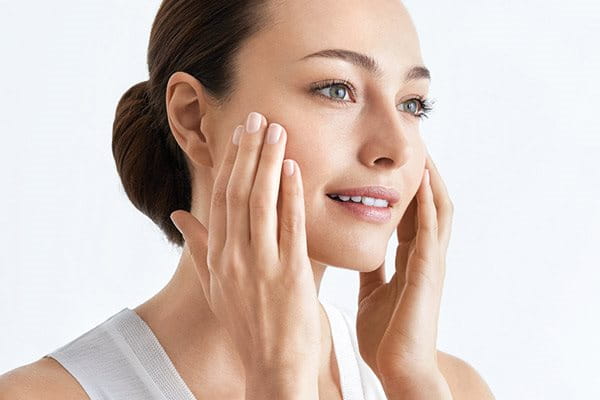
Unfortunately not all causes of hyperpigmentation can be prevented, but there are a number of ways to help reduce the chance of skin pigmentation from developing:
- Try to keep out of the sun between the hours of 10 am to 4 pm, when the sun's UV rays are at their strongest
- Sit in the shade or underneath an umbrella to minimise exposure
- Wear protective clothing, such as sun hats and sunglasses
- Use a sunscreen product daily, even in cooler months
- Regularly moisturise your skin to restore the skin’s lipid (fat) barrier, providing further protection from the sun’s rays
- Avoid scratching or picking at acne, scabs or spots, as this can lead to inflammation and darker pigmentation
- Ensure your skincare products do not burn or sting, because irritation can increase hyperpigmentation, especially melasma
You can also use topical treatments to treat hyperpigmentation like creams that lighten the skin and include the following ingredients:
- Treitinoin
- Adapalene
- Tazarotene
- Mequinol
- Azelaic Acid
Dermatological treatments to remove hyperpigmentation
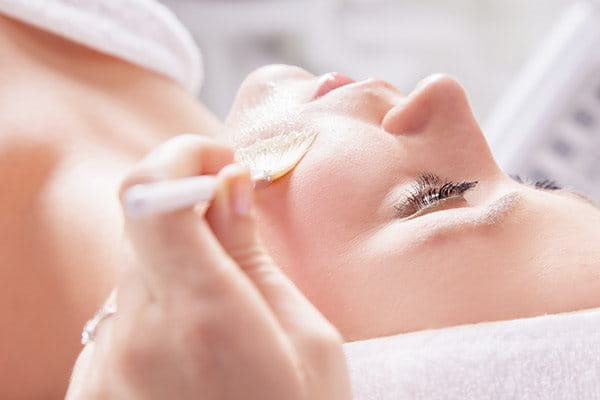
Dermatological treatments such as chemical peels and laser therapy can help to reduce hyperpigmentation:
- Chemical peels involve applying a chemical solution to the face, neck and hands to exfoliate the skin, i.e. remove dead skin cells. This, in turn, stimulates the growth of new skin. Read more about chemical peels in What are chemical peels and how do they work?
- Laser therapies have much the same effect, but tend to be more precise. These therapies involve ‘zapping’ the affected areas with high-energy light. Find out more in Laser therapy: how should I care for my skin after treatment?
Our brand values

We deliver a holistic dermo-cosmetic approach to protect your skin, keep it healthy and radiant.

For over 100 years, we have dedicated ourselves to researching and innovating in the field of skin science. We believe in creating active ingredients and soothing formulas with high tolerability that work to help you live your life better each day.

We work together with leading dermatologist and pharmacist partners around the world to create innovative and effective skincare products they can trust and recommend.

